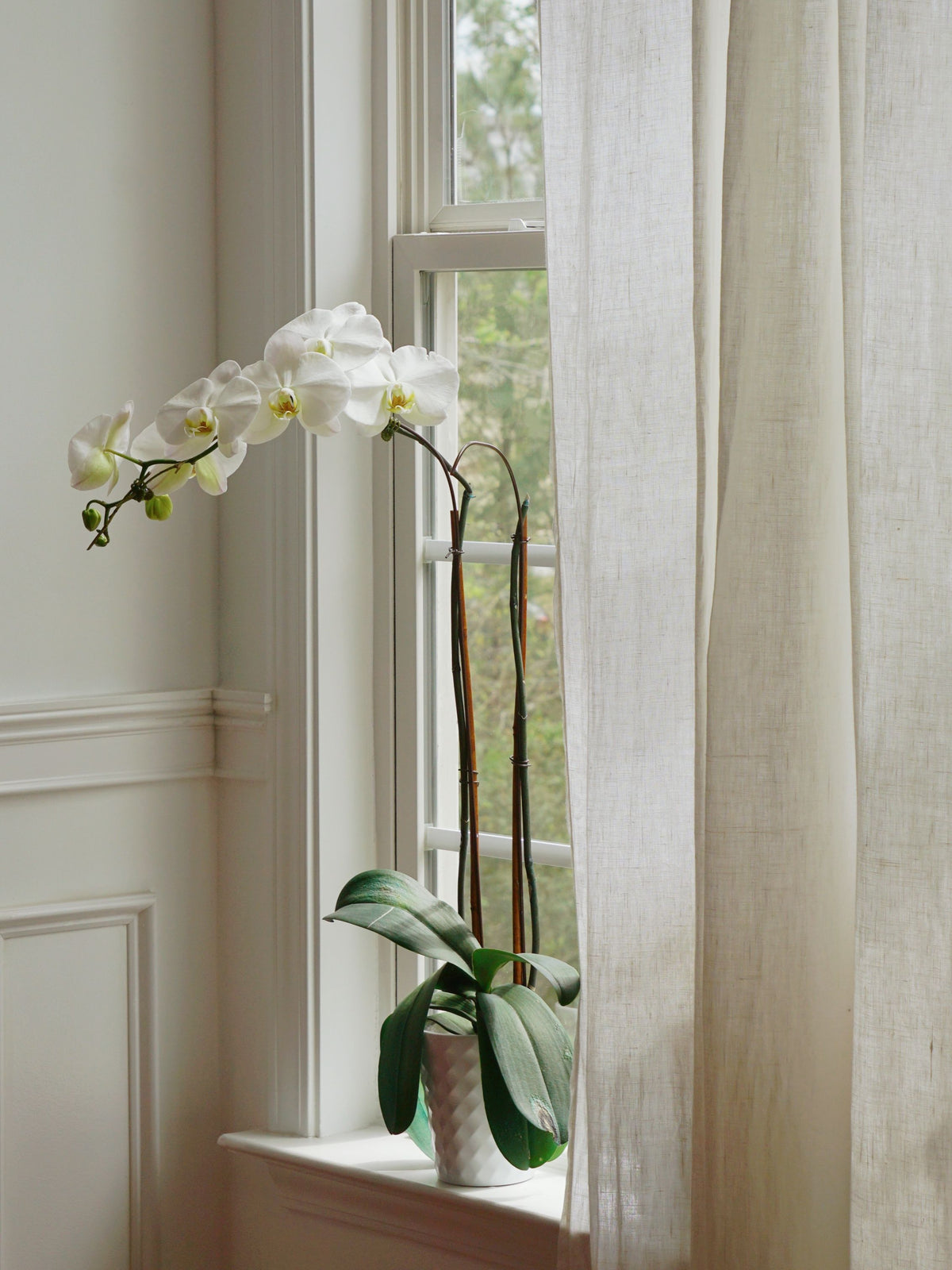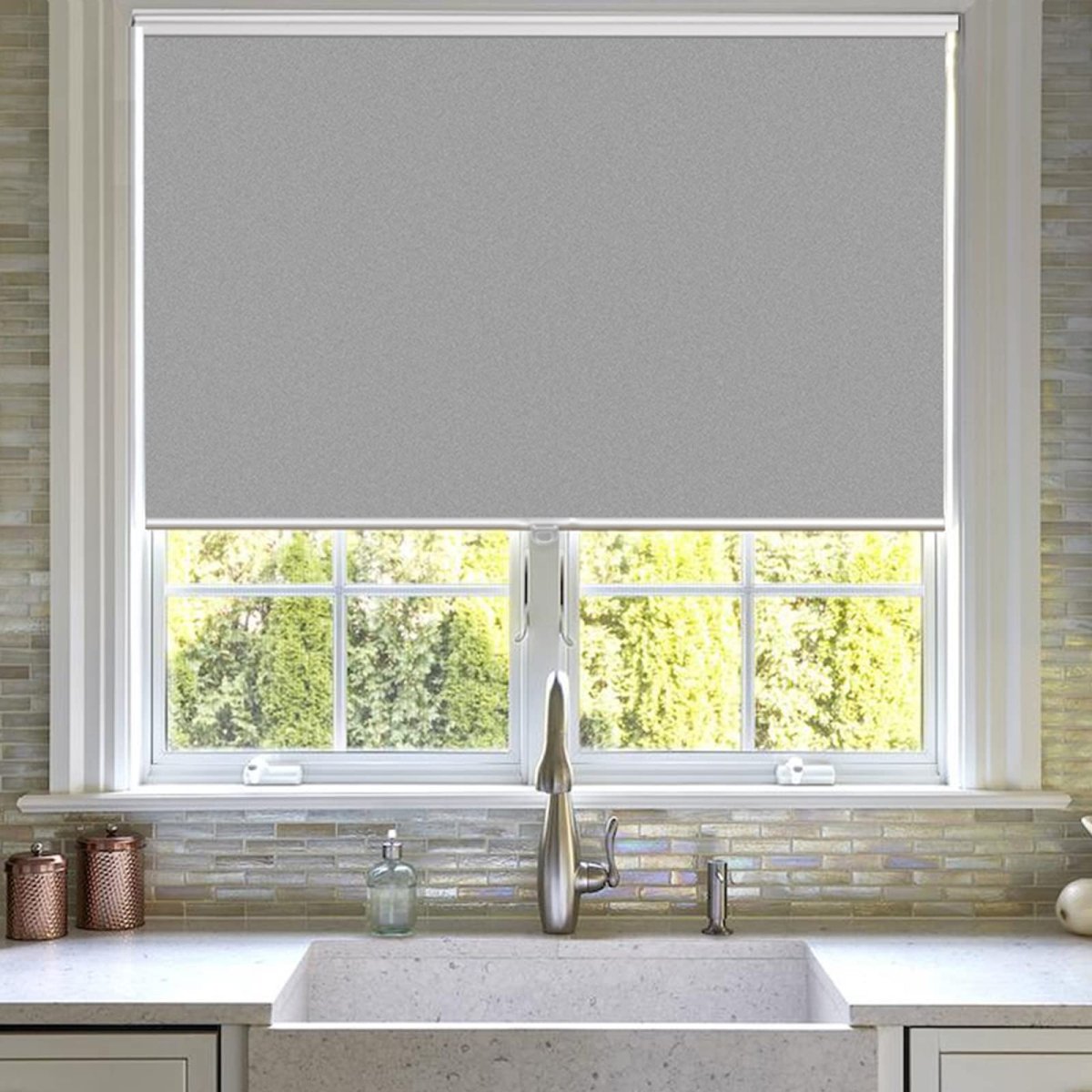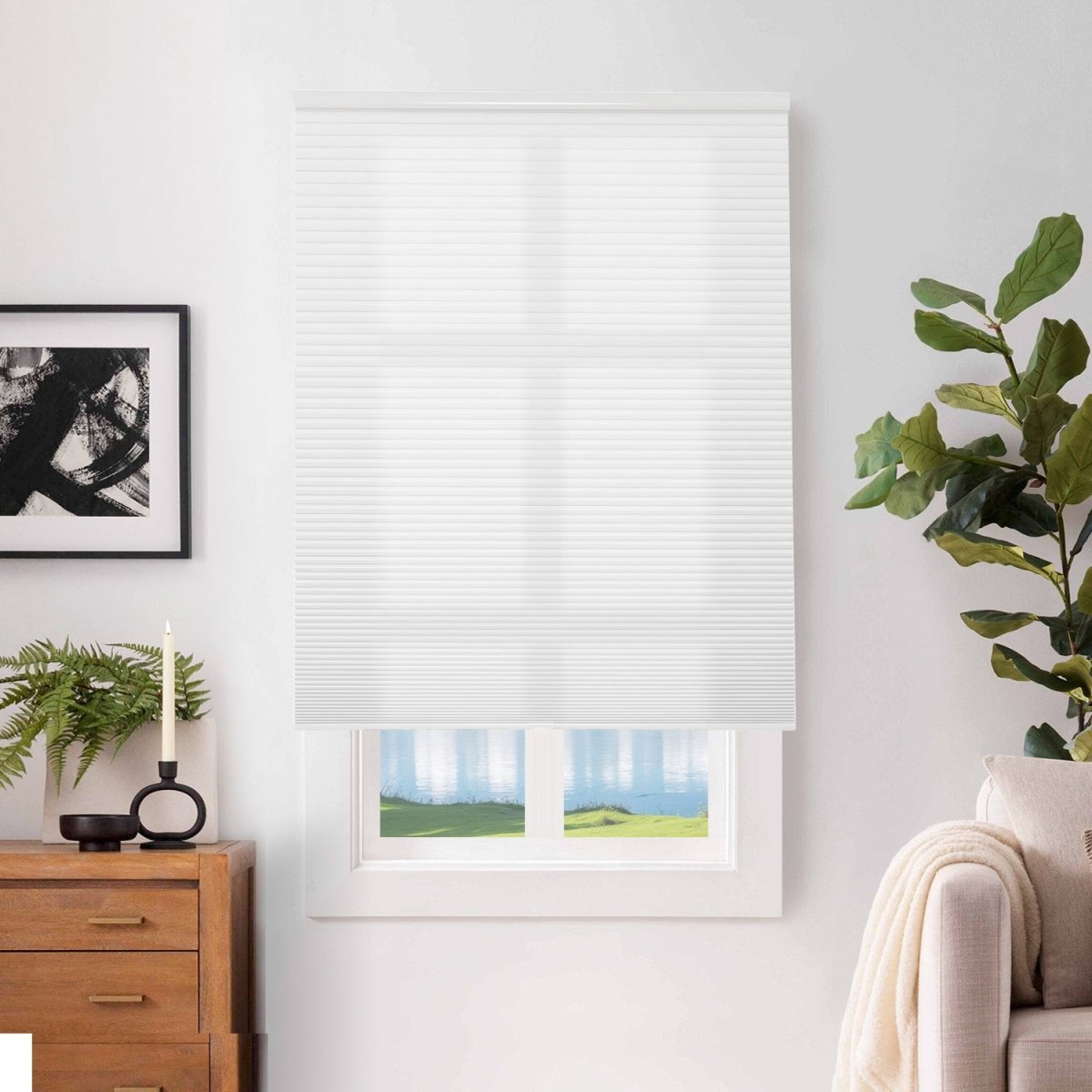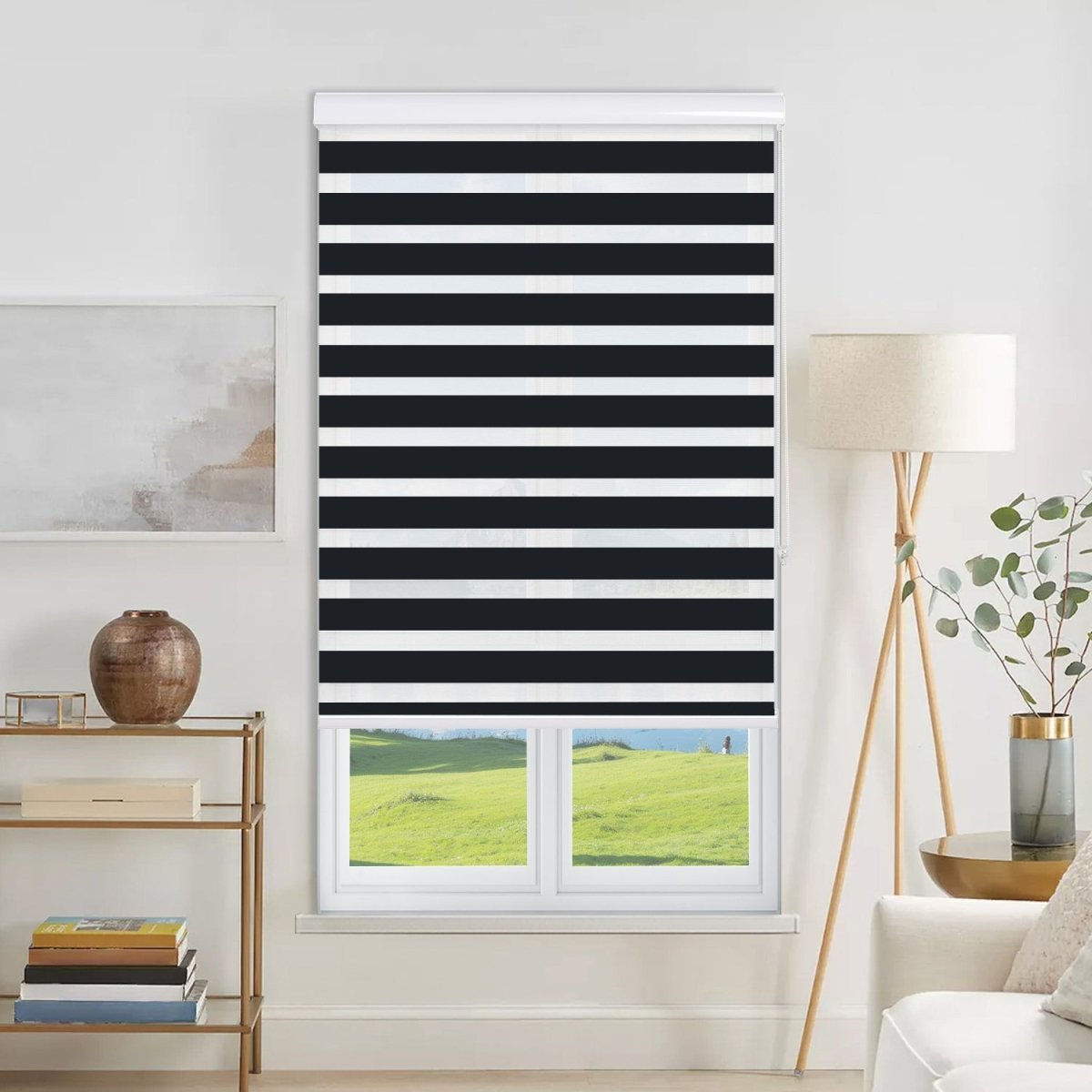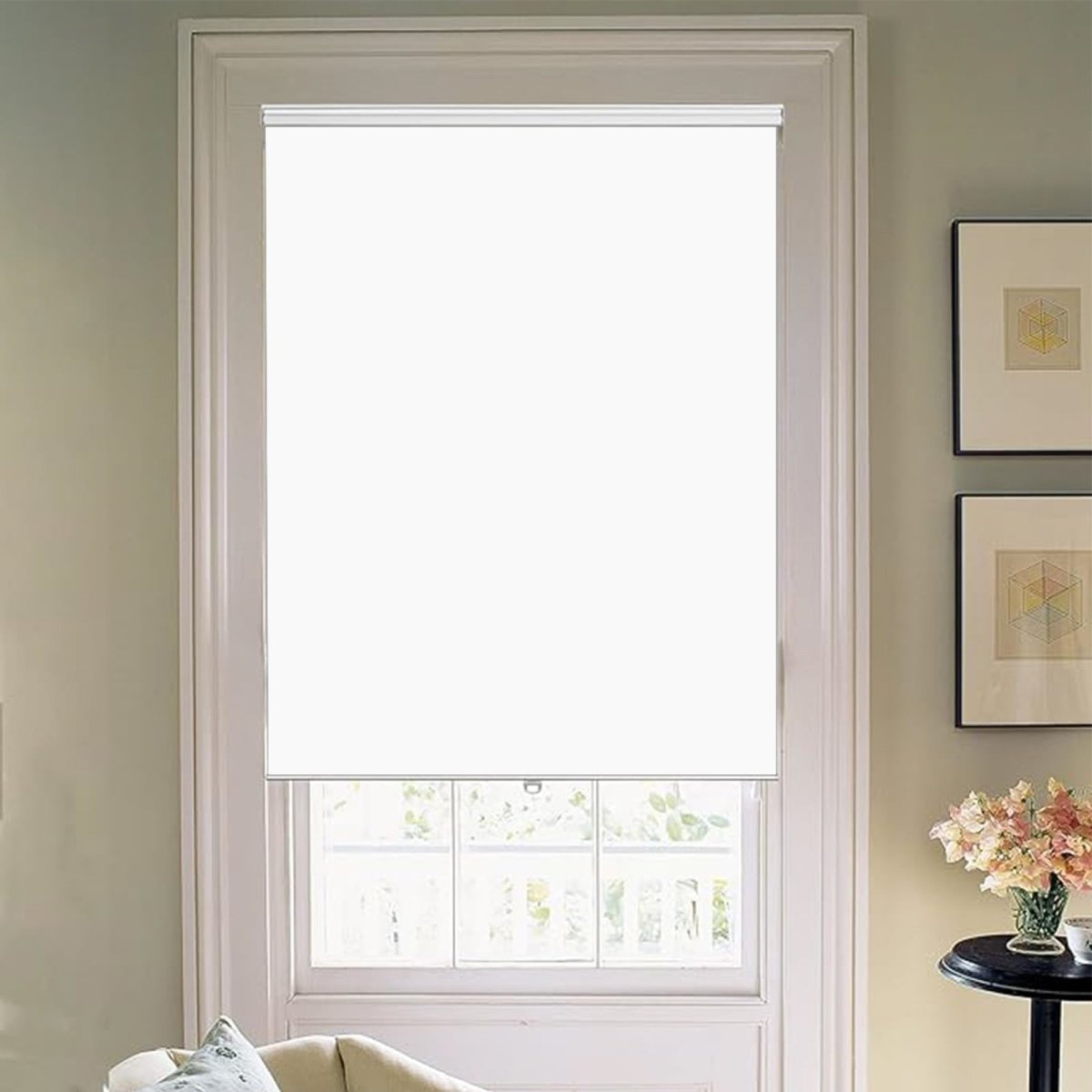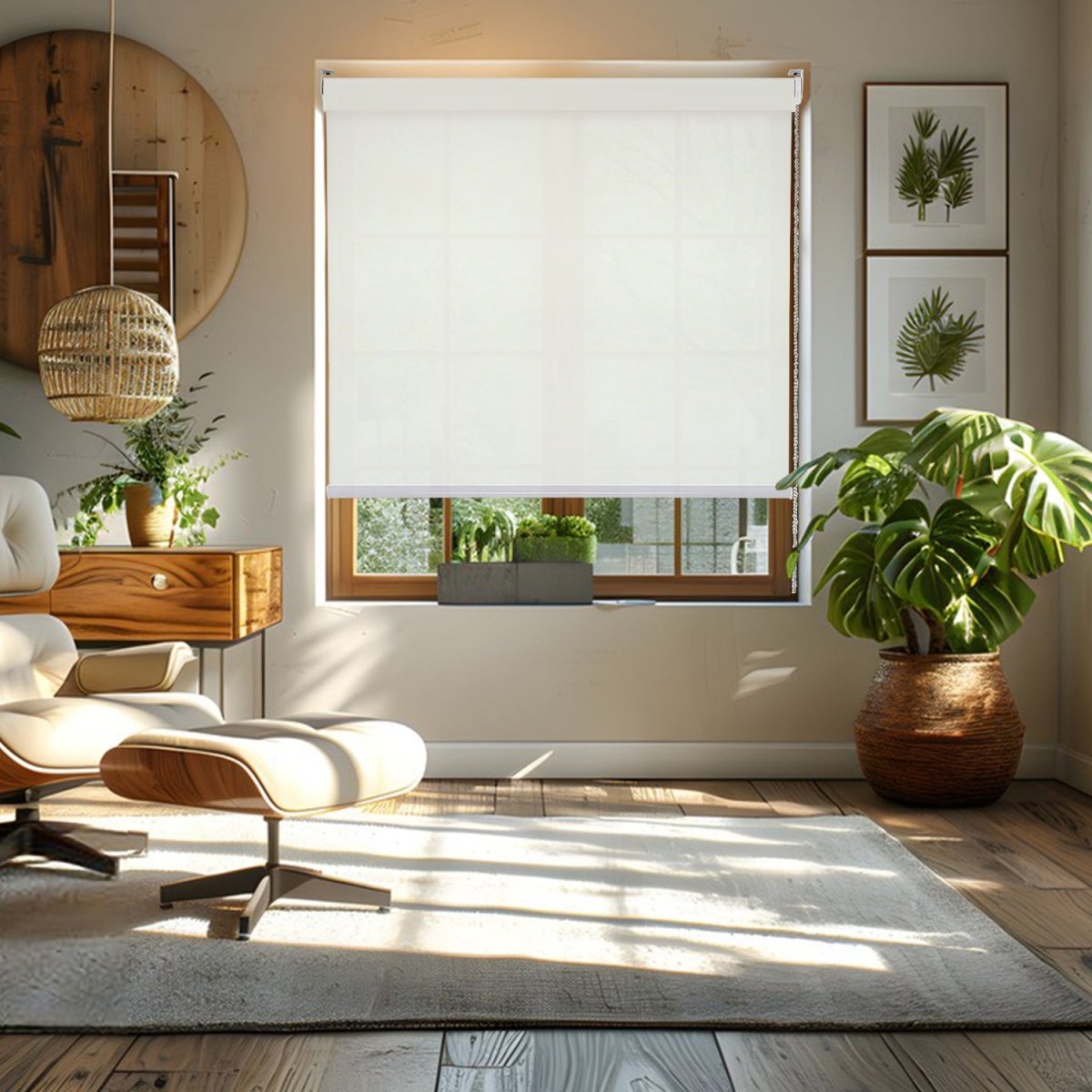Choosing the right curtain fabric is more than just a detail in home decoration; it's a central aspect of creating a comfortable, private, and aesthetically pleasing living environment. The right choice can drastically enhance the ambiance of a room, provide much-needed privacy, and contribute to a home's insulation and light control. These functionalities highlight why selecting the perfect curtain fabric is crucial for any interior space, emphasizing the not-so-obvious impact these materials have on our daily lives.
As we delve into the nuances of curtain fabric, this article will guide readers through understanding the different materials available, such as cotton, linen, silk, and polyester, and their respective benefits and best uses. We'll also offer insights into the latest trends in curtain design for 2024, ensuring your space is not only functional but also fashion-forward. From choosing the right curtain style that complements your interior design to measuring and installing your curtains for a flawless look, and exploring the possibilities of layering curtains for that designer touch, we've got you covered. Plus, we'll share essential tips on maintaining and caring for your curtains to extend their life and keep them looking fresh.
The Importance of Choosing the Right Curtains

Privacy and Light Control
Curtains are pivotal in managing both privacy and light within a space. They can effectively block out unwanted external light sources like streetlights or early morning sunshine, ensuring a dark, serene sleep environment. Additionally, curtains made from light-blocking fabrics such as blackout or thermal curtains are excellent for reducing light penetration and regulating room temperature, enhancing overall comfort. For those seeking a balance, pairing blackout curtains with sheer or semi-sheer options can provide privacy during the day while still allowing natural light to softly illuminate the space. This dual functionality makes curtains an essential component in both residential and commercial settings, where control over light and privacy is crucial.
Enhanced Ambiance
The role of curtains extends beyond functionality to significantly influence the ambiance and aesthetic appeal of a room. They contribute to a room's decor by adding warmth, texture, and style that reflect personal taste and create a cozy atmosphere conducive to relaxation. In settings where artificial lighting predominates, curtains that gently diffuse light can create a soft, inviting ambiance, minimizing glare and harsh shadows. This makes curtains not just practical but also central in defining the character and feel of an interior space.
Temperature Regulation
One of the lesser-known but vital roles of curtains is their ability to regulate room temperature. Curtains act as barriers against drafts and help insulate against external temperature changes. During colder months, thermal curtains with insulating properties can retain heat, making the room more comfortable and energy-efficient. Conversely, in warmer months, the right curtains can block out heat, helping to maintain a cooler indoor environment without over-reliance on air conditioning. This temperature-regulating feature not only enhances comfort but can also lead to significant energy savings.
Sound Absorption
Curtains also play a crucial role in sound absorption, contributing to a quieter and more peaceful environment. Heavyweight materials like velvet or suede are particularly effective in minimizing noise disturbances from traffic or neighbors, thus enhancing the quality of sleep and relaxation. Additionally, soundproofing curtains can significantly reduce noise transmission, making them ideal for locations in noisy urban settings or for spaces like home offices and bedrooms where tranquility is desired. These curtains not only dampen external noises but can also help in reducing sound reverberation within the room, thereby improving the overall acoustic quality of the space.
By integrating these elements, curtains offer a multifaceted solution to several indoor environmental concerns, proving that their role is indispensable in creating functional, comfortable, and aesthetically pleasing spaces.
Understanding Different Curtain Fabrics

Cotton: The Classic Choice
Cotton curtains are celebrated for their versatility and natural appeal, fitting seamlessly into both modern and traditional settings. Known for its breathability, cotton helps maintain a comfortable indoor atmosphere, cooling rooms in summer and providing insulation during winter. However, it's important to note that while cotton is durable, it can be prone to fading in direct sunlight and may attract mold in humid conditions. Regular maintenance, including gentle washing and avoidance of high heat, can help preserve the quality and appearance of cotton curtains].
Linen: Effortlessly Elegant
Linen, with its natural, light-diffusing properties, offers a delicate aesthetic that complements airy, well-lit spaces. This fabric is appreciated for its organic texture and eco-friendly qualities, being both biodegradable and UV resistant. Linen curtains are ideal for creating a relaxed yet sophisticated environment. However, they do require careful handling as the fabric is prone to wrinkles and can attract mildew in damp conditions. For those seeking a less maintenance-intensive option, linen blends are available that reduce these drawbacks while maintaining the fabric's appealing characteristics.
Velvet: Luxurious and Lush
Velvet curtains are the epitome of opulence, providing not only visual richness but also excellent sound and light absorption]. This fabric's thick pile creates a dramatic drape that enhances the grandeur of any space. Velvet is particularly effective in insulating rooms from cold and noise due to its dense fibers. While velvet adds a touch of luxury, it does require more effort in maintenance. The fabric's thickness can trap dust and allergens, making it less suitable for those with allergies unless regularly cleaned.
Silk: Sophistication Personified
Silk curtains add an element of understated elegance to any room, known for their smooth texture and slight sheen. Silk is a luxurious choice that can make a space feel more opulent and stylish. However, silk's beauty comes with challenges; it is delicate, prone to sun damage, and generally requires dry cleaning to maintain its integrity. For rooms that receive a lot of light, lined silk curtains are recommended to protect against UV rays and preserve privacy.
Polyester: Practical and Affordable
Polyester is a highly durable synthetic option that resists fading and wrinkling, making it an ideal choice for busy households. It offers excellent light control and insulation properties, contributing to energy efficiency. Polyester curtains are easy to care for, often requiring little more than a regular wash to keep them looking fresh. While not as breathable as natural fabrics, polyester's practical benefits make it a popular choice among those looking for functionality and affordability.
By understanding the distinct characteristics of each curtain fabric, homeowners can make informed decisions that balance aesthetics, functionality, and maintenance needs to best suit their living spaces.
Choosing the Right Curtain Style for Your Space

When selecting the perfect curtain style for your space, it's essential to consider not only the aesthetic appeal but also the functionality and ease of use that different styles offer. Here, we explore four popular curtain styles: Rod Pocket Curtains, Grommet Curtains, Pinch Pleat Curtains, and Tab Top Curtains, each with its unique characteristics and best uses.
Rod Pocket Curtains
Rod pocket curtains are known for their simplicity and classic appeal. Featuring a sewn pocket at the top that easily slides over the curtain rod, these curtains offer a clean look with gentle gathers, making them ideal for achieving a soft and homely atmosphere. They are particularly well-suited for layered window treatments, allowing for the addition of valences or sheers underneath. However, rod pocket curtains may not be the best choice for those who frequently open and close their curtains due to limited adjustability and potential wear and tear on the fabric and rod.
Grommet Curtains
Grommet curtains, with their metal rings punched into the fabric, offer a modern and contemporary look suitable for a wide range of interior designs. These curtains are incredibly easy to install and operate, making them perfect for large windows or sliding glass doors where ease of movement is crucial. The grommet rings not only add a striking visual element but also ensure smooth gliding along the curtain rod, providing a neat and uniform appearance when drawn. However, they may not be the best fit for traditional decor styles.
Pinch Pleat Curtains
Pinch pleat curtains are recognized for their elegant and tailored appearance, featuring evenly spaced pleats that add sophistication to any room. This style offers excellent stack back, allowing for maximum light exposure when the curtains are open. Pinch pleat curtains are versatile and can be adjusted for the desired fullness and drape, making them a great option for those seeking a more formal look. However, they require more fabric and labor, which may lead to higher costs compared to simpler styles.
Tab Top Curtains
Tab top curtains provide a contemporary and casual look with fabric loops or tabs sewn onto the top of the curtain panel. These curtains are among the easiest to install, as the loops simply slide onto the curtain pole. While tab top curtains can contribute to a relaxed and modern atmosphere, they may offer limited light control and require occasional adjustments to maintain a neat appearance. Additionally, the constant sliding of the tabs on the curtain pole might cause wear and tear on the fabric over time.
In conclusion, choosing the right curtain style for your space involves considering the overall decor theme, the desired level of light control and privacy, and the frequency of use. Whether you prefer the classic charm of rod pocket curtains, the sleek modernity of grommet curtains, the refined elegance of pinch pleat curtains, or the laid-back look of tab top curtains, understanding the pros and cons of each style will help you make an informed decision that enhances the ambiance and functionality of your space.
Measuring and Installing Your Curtains

Accurate Measurements
- Begin by measuring the height and width of your windows to ensure you select curtains that fit perfectly. It's crucial to take precise measurements from the top of the window casing to the floor for height and from one side of the window casing to the other for width.
- To create the illusion of larger windows, extend the curtain rod 4 to 10 inches beyond the window's frame on each side. This trick also allows more natural light to enter the room when the drapes are open.
- When measuring for the curtain rod, consider the window's width and add 8 to 12 inches to ensure the curtains can be pulled back fully, enhancing the window's appearance and allowing more light to fill the space.
- Accurate measurements are not only about the curtains' width and height but also about the position of the rod. Mounting the rod 6 to 12 inches above the window frame can make the ceilings appear higher and give the room a more spacious feel.
- Use a steel measuring tape for precision, measuring to the nearest 1/8 of an inch. This accuracy is vital for both the curtains and the rod to ensure a perfect fit and an aesthetically pleasing look.
Hanging Tips
- The placement of the curtain rod is pivotal in achieving the desired look and functionality of your curtains. Generally, the rod should be positioned halfway between the top of the window casing and the ceiling if there's more than 12 inches of space between them. For cathedral ceilings, leaving about 4 to 6 inches above the window trim is a good guideline.
- For enhanced ambiance and a feeling of increased height in rooms with low ceilings, consider mounting the drapery rods close to the ceiling.
- Before hanging curtains, ensure the panels are wide enough to cover the windows adequately. The total width of the curtain panels should be about two times the window's width to prevent any sunlight leaks and to maintain privacy.
- When installing the curtain rod, use a pencil and tape measure to mark the desired position of your curtain brackets, ensuring they are 4 to 6 inches above your window frame. This placement allows the curtains to hover just above the floor or slightly brush against it, depending on your preference.
- For heavy curtains, drill pilot holes or install wall anchors to support the weight. Attach brackets directly to wall studs or use toggle bolts for a secure fit to the wall, ensuring the brackets are level from side to side.
- Once the rod is securely installed, hang the curtains using rings, clips, or grommets for easy movement and adjustment. Place the rod (and curtains) onto the brackets to complete the installation.
By following these detailed steps for measuring and installing your curtains, you can enhance the privacy, ambiance, and overall functionality of your space, ensuring your curtains not only look beautiful but also serve their intended purpose effectively.
Layering Curtains for a Designer Look
Combining Different Fabrics
Layering curtains is a dynamic approach to enhance the visual appeal and functionality of a space. Starting with the base layer, one might opt for sheer or opaque curtains, shades, or blinds, which can be easily installed by feeding the curtain rod through the panels. The second, outer layer often consists of heavier, opaque, or blackout curtains, adding depth and richness to the window dressing. This method not only elevates the room's aesthetic but also provides increased privacy and insulation, contributing to energy efficiency and potentially lowering utility costs.
Using Tiebacks and Holdbacks
Incorporating tiebacks or holdbacks adds both functional and decorative value to curtain layering. These accessories help in managing the curtains' arrangement and enhancing light entry by securing the layers back, opening up the space. Curtain tiebacks can be a simple yet elegant addition, offering a way to introduce a pop of color or texture to the décor. Holdbacks serve a similar purpose but are more permanent fixtures that can help manipulate the curtains to either side, thus shaping the window's presentation as desired. Installing these elements is straightforward and can be adjusted in height and positioning to achieve the desired look, ensuring they complement the overall style and functionality of the room.
Maintaining and Caring for Your Curtains

Regular Cleaning Tips
To maintain the aesthetic and functional quality of curtains, regular cleaning is essential. Begin by removing all hooks and weights, and if shrinkage is a concern, loosen the heading tape and let down the hem before cleaning. Shake the curtains to remove dust before soaking them in cold water. When washing, whether by hand or machine, ensure the detergent is fully dissolved and avoid rubbing or wringing the fabric. Use a delicate program if opting for a machine wash. After washing, curtains should be ironed while still damp on the wrong side, stretching the fabric gently to prevent puckering of the seams. Rehang them while slightly damp to allow them to drop to the correct length. Additionally, it’s beneficial to clean curtain tracks and windows to remove any accumulated dust before rehanging the curtains. For households with large and heavy curtains, professional dry cleaning is recommended for ease and to ensure fabric care.
Handling Stains
Stain removal from curtains must be approached carefully to avoid damaging the fabric. Most stains can be dissolved using the appropriate solvent, which depends on the staining agent and the curtain material. Immediate action is crucial; blotting the stain quickly without rubbing can prevent permanent discoloration. For water stains, a solution of cold water and a commercial cleaner or a mixture of baking soda, lemon juice, and water can be effective. Curtains should be soaked for about an hour and then either hand washed or gently machine washed. Always follow the manufacturer’s care label instructions to avoid setting stains, especially with heat-sensitive materials like silk or velvet, which should generally be dry cleaned.
Protecting from Sun Damage
Curtains are susceptible to damage from the sun’s ultraviolet rays, which can cause fading and fabric deterioration. To protect curtains, consider installing sheers or UV-blocking window films that reduce light exposure. Hanging curtains on a rod that allows them to be fully drawn back from the window can also minimize direct sunlight exposure. Additionally, using linings such as those with UV ratings can shield the curtains from sun damage and help maintain their color and integrity over time. Regularly rotating curtains will ensure even exposure to light, reducing noticeable fading on edges that are frequently exposed to sunlight.
Conclusion
In the realm of interior design, the impact of carefully selected curtains on a space's ambiance, privacy, and functionality cannot be overstated. From exploring the benefits and best uses of various curtain fabrics such as cotton, linen, silk, and polyester to understanding the nuances of curtain design trends for 2024, this article has aimed to guide readers through the essential aspects of choosing curtains that not only complement their personal style but also enhance their living environments. Important considerations such as temperature regulation, light control, and the distinctive elegance that the right curtain can bring to a room have been highlighted, underscoring the integral role curtains play in the overall aesthetic and comfort of our homes.
Furthermore, the exploration into custom vs. ready-made options, coupled with practical advice on color coordination, patterns, and essential accessories, provides a comprehensive overview of what to consider when selecting your next set of curtains. As we wrap up, remember the importance of choosing draperies that not only look beautiful but also align with your intended functional needs, from enhancing privacy to regulating indoor temperatures. For those looking to transform their space with high-quality, stylish curtains, we encourage you to explore Joydeco's extensive collection. Elevate your home's aesthetic by choosing Joydeco's curtains and call to buy in our online store, where design meets functionality. Whether you're in search of the latest trends or timeless classics, joydeco's expertly curated selection promises something for every taste and need, ensuring your windows are not just covered, but truly dressed.

